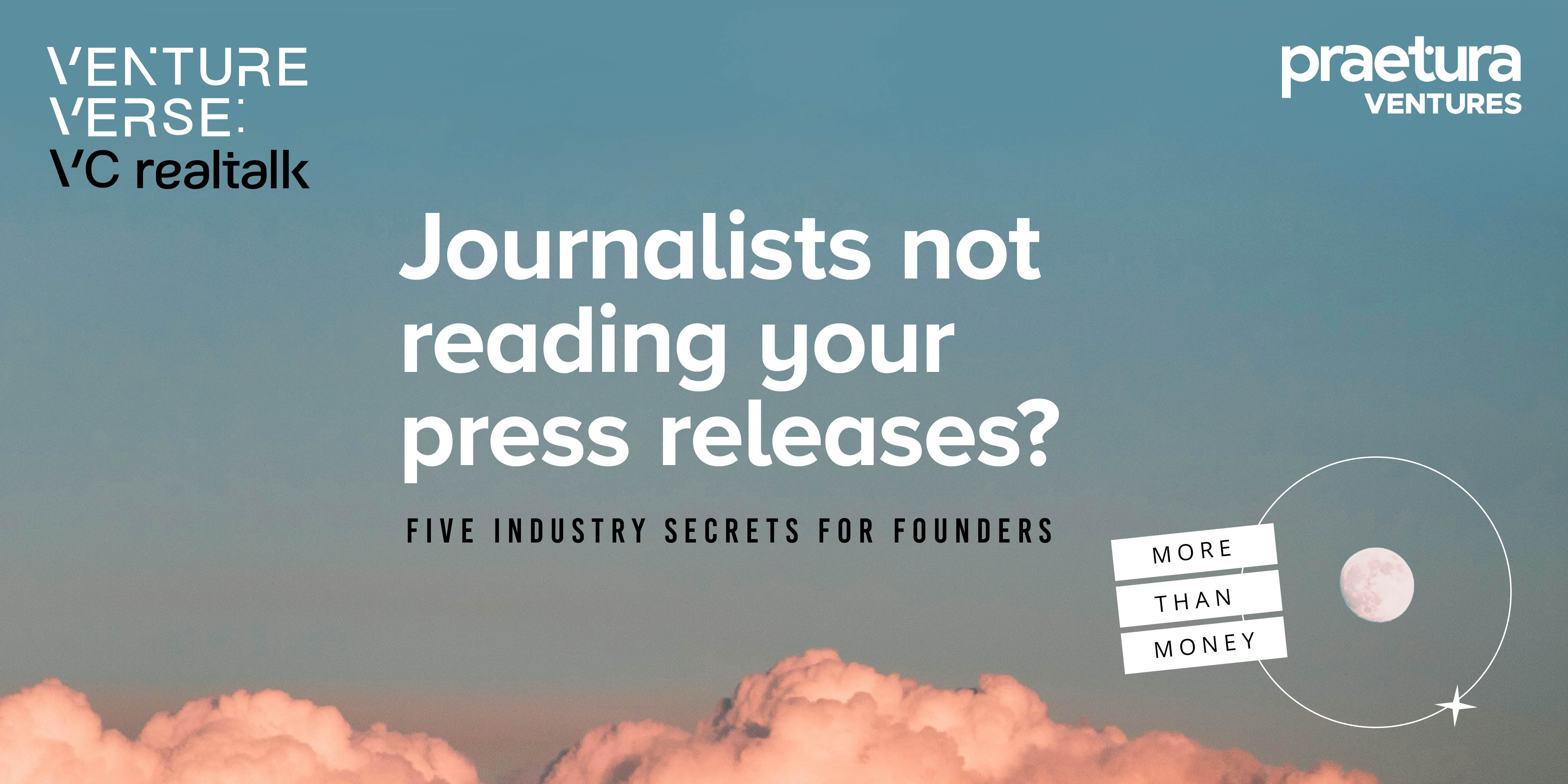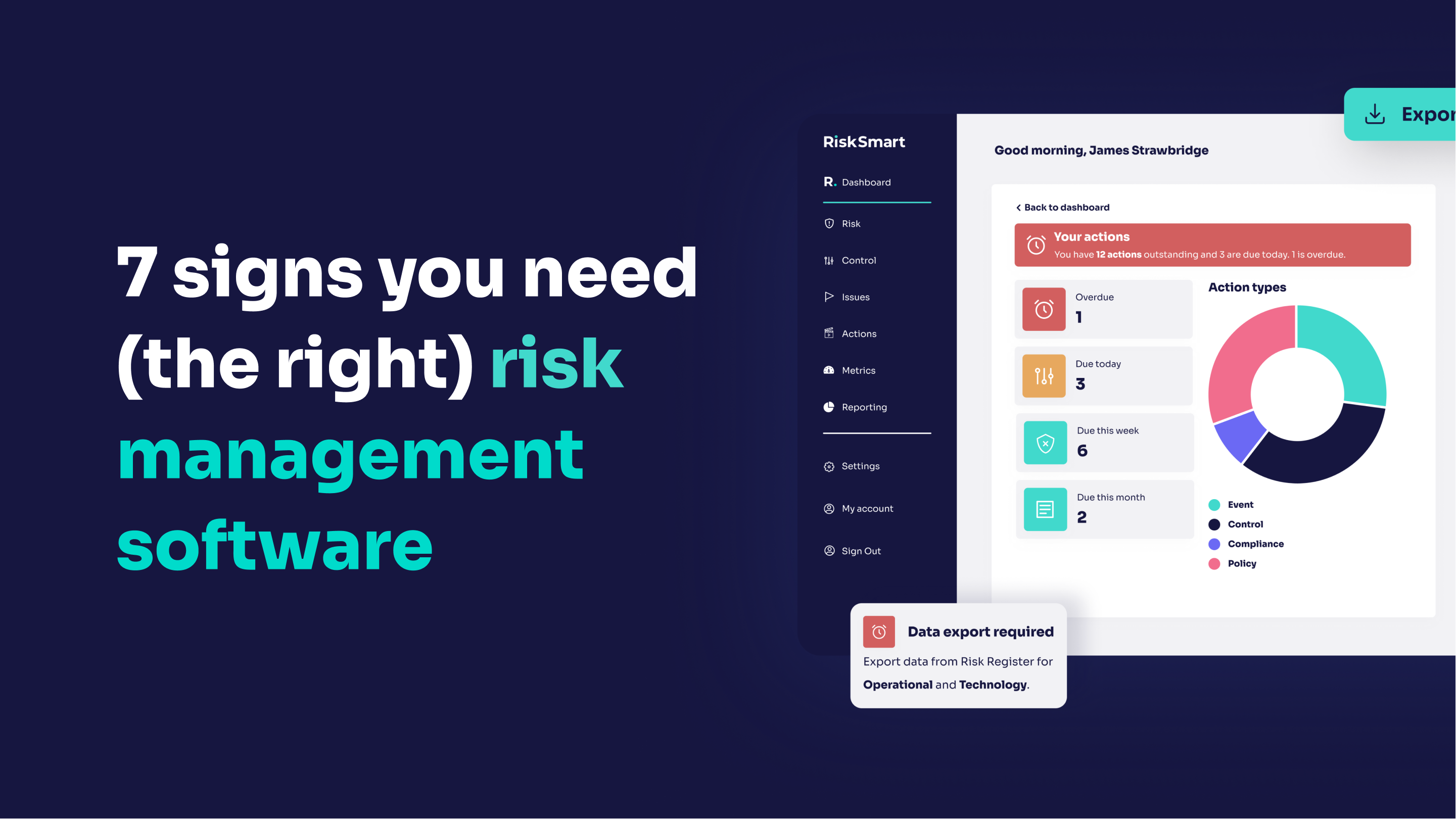
We constantly encourage early-stage startups to shout about their milestones and important updates publicly and online, as doing so creates a buzz that can attract investors, talent and new customers.
Outside of LinkedIn and X (Twitter), one of the most effective ways of garnering attention is to leverage industry media and get your company’s name published in a reputable business magazine or news publication.
But if you don’t yet have a PR agency or someone experienced at writing press releases at your disposal, here is some useful advice compiled by our marketing team…
Always lead with a strong news angle
You can post whatever you want on your company blog, but journalists will always expect an interesting news story. With this in mind, you have to be realistic about what a journalist is likely to find interesting.
For instance, a story about an internal staff initiative will naturally be interesting to your team, but it probably doesn’t have the same newsworthy clout as appointing a well-known industry veteran to be your Chief Operating Officer, which may have been a major coup.
Likewise, if you’ve raised investment, be clear about what you intend to do with the money. That’s your news hook. For example, will your recent Series A enable you to scale globally or create 50 new regional jobs?
Don’t over-exaggerate the story or self-promote
A good press release is always just long enough and never longer. Once you have a strong news angle, tell the story in a clear, concise and engaging way but don’t over egg it to the point of unnecessary flattery.
Too often business use boastful superlatives alongside phrases like ‘highly innovative’, ‘incredibly driven’ or ‘sensational growth’. Phrases like this will often turn journalists off because they are opinion and not fact.
Moreover, this sort of writing only hides the news story. Use your opening paragraph to describe the who, what, where, why and how, and then move on. Use subsequent paragraphs to add context.
Always include quotes but don’t overdo it
Quotes can add more colour and context to a news story but there is a temptation to quote everyone connected to a story.
Be strict with what quotes you include in a press release and try to limit yourself to two people maximum. You can stretch to three if absolutely needed, but editors are likely to ignore anyone else beyond this.
Let’s say you have agreed a long-term partnership with a well-known brand, you’ll likely want a quote from the CEO of your business (that could be you) and the CEO of the business you’re partnering with.
The story is as strong as the accompanying photo
Even the best press releases can fail to secure coverage if the photo that goes alongside is weak.
A good photograph will often draw people into a story. It doesn’t have to be a Photoshopped masterpiece, but a low-res team image taken at a bad angle is a no go.
If you have the resource, it can be worth getting a good photographer to take a high-quality image of your team, business premises or something that relates to the story being told in the press release.
Be realistic about your distribution plans
Journalists are constantly bombarded with press releases, and many only ever publish a small percentage of what they are sent.
PR companies or in-house PR specialists are effective because they can draw on relationships with journalists and cut through the noise.
If you are going down the DIY route and have no immediate contacts at your disposal, don’t expect to get published in The Times or Wired.
Instead try to build a relationship with local journalists and publications, who may be more relevant to your target audience.
If a national publication is important to you, we recommend seeking the services of a reputable PR company or freelancer to get your news out.








